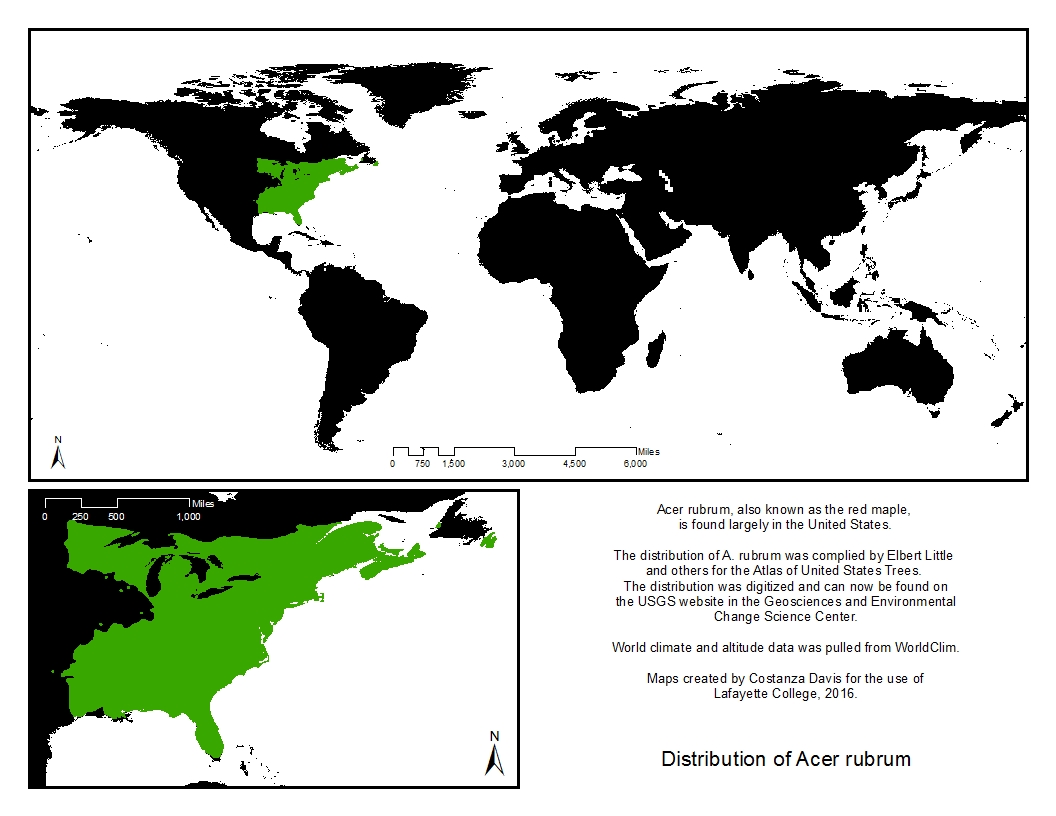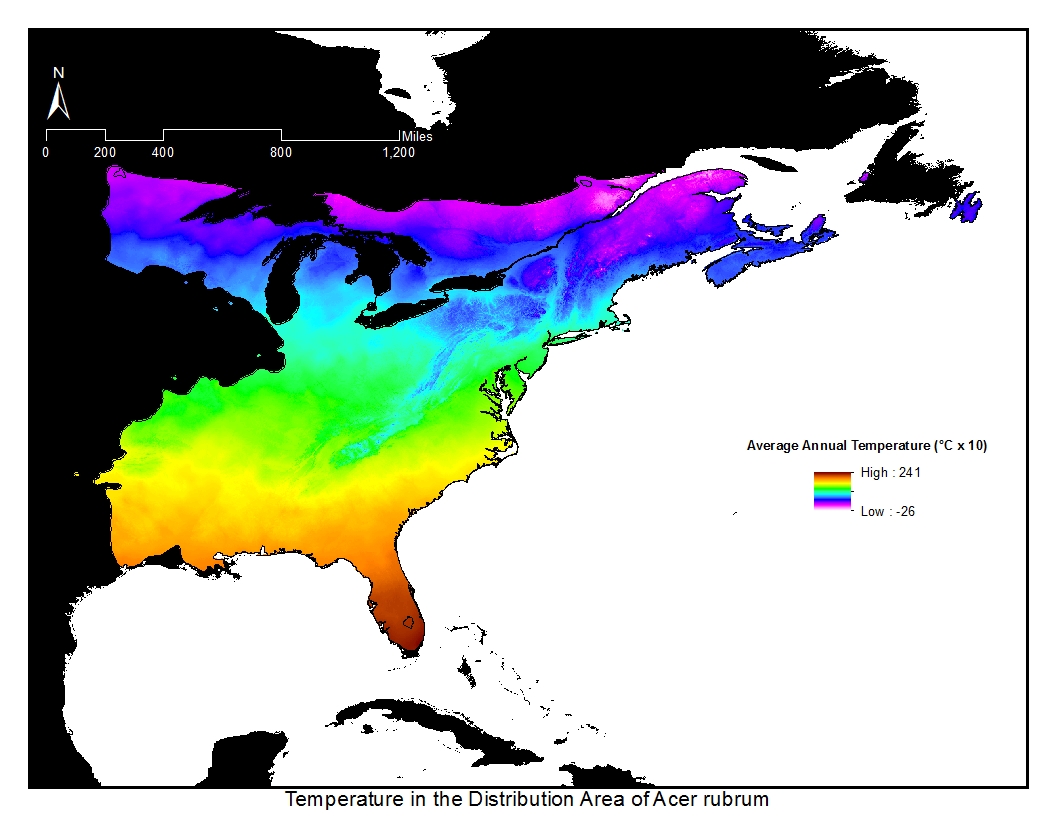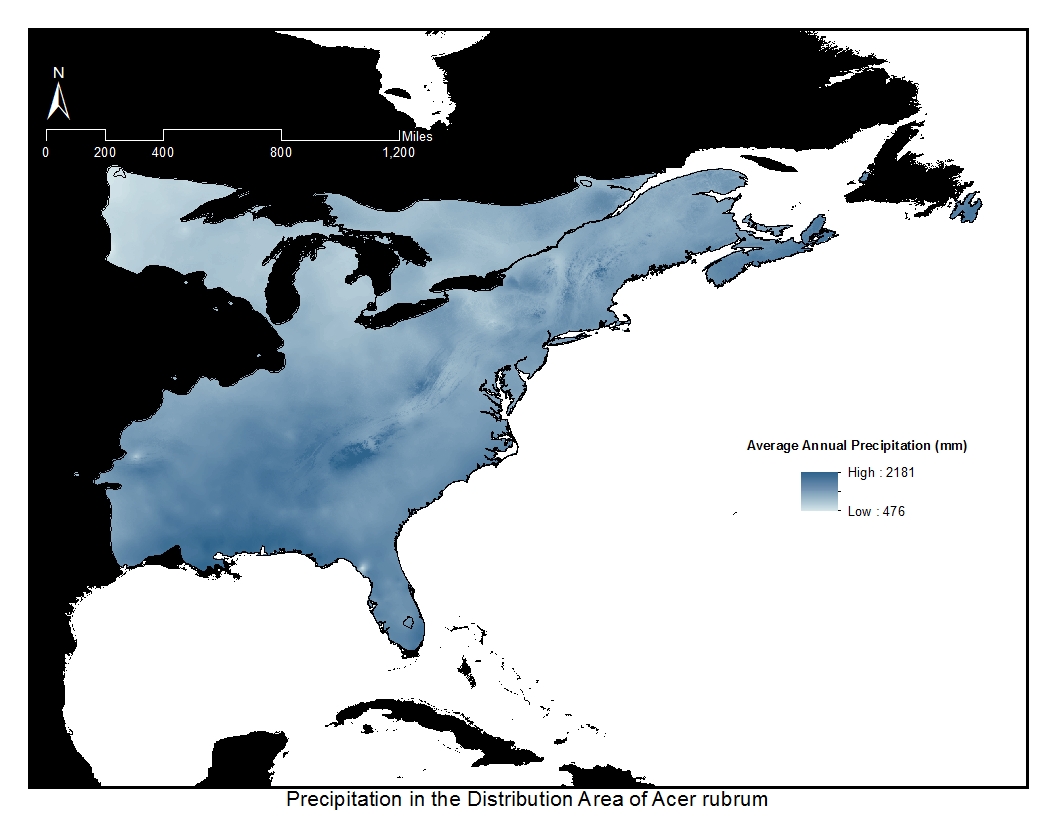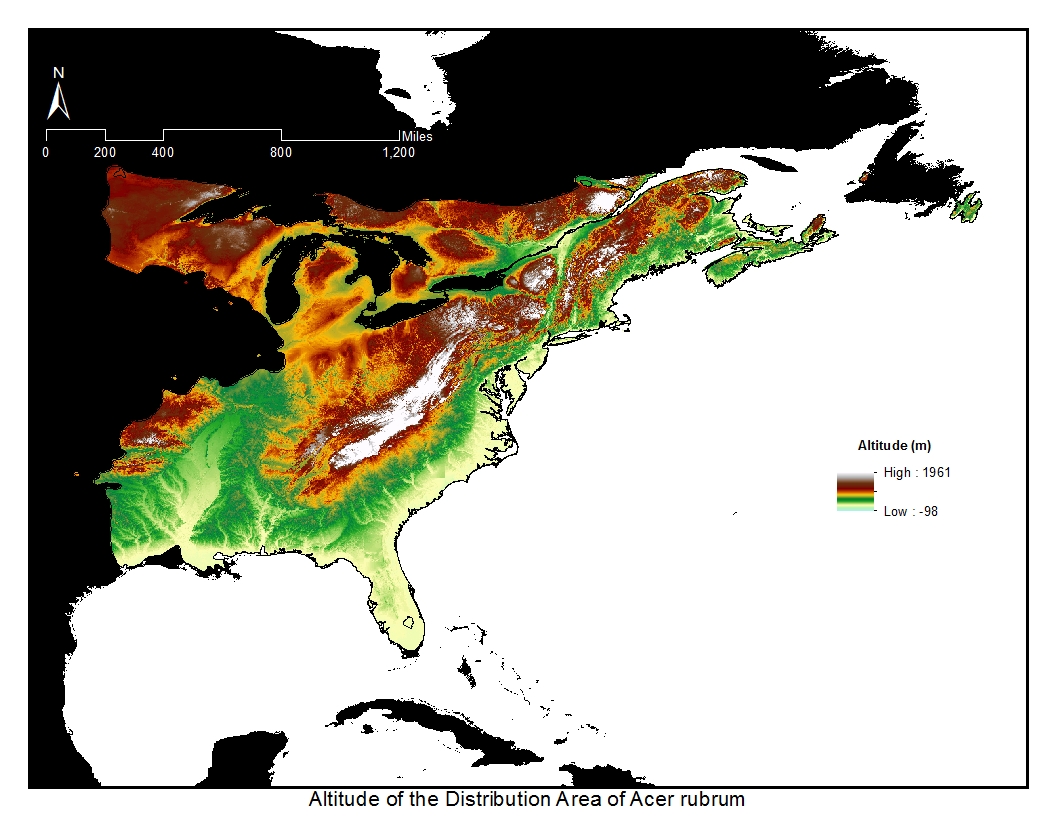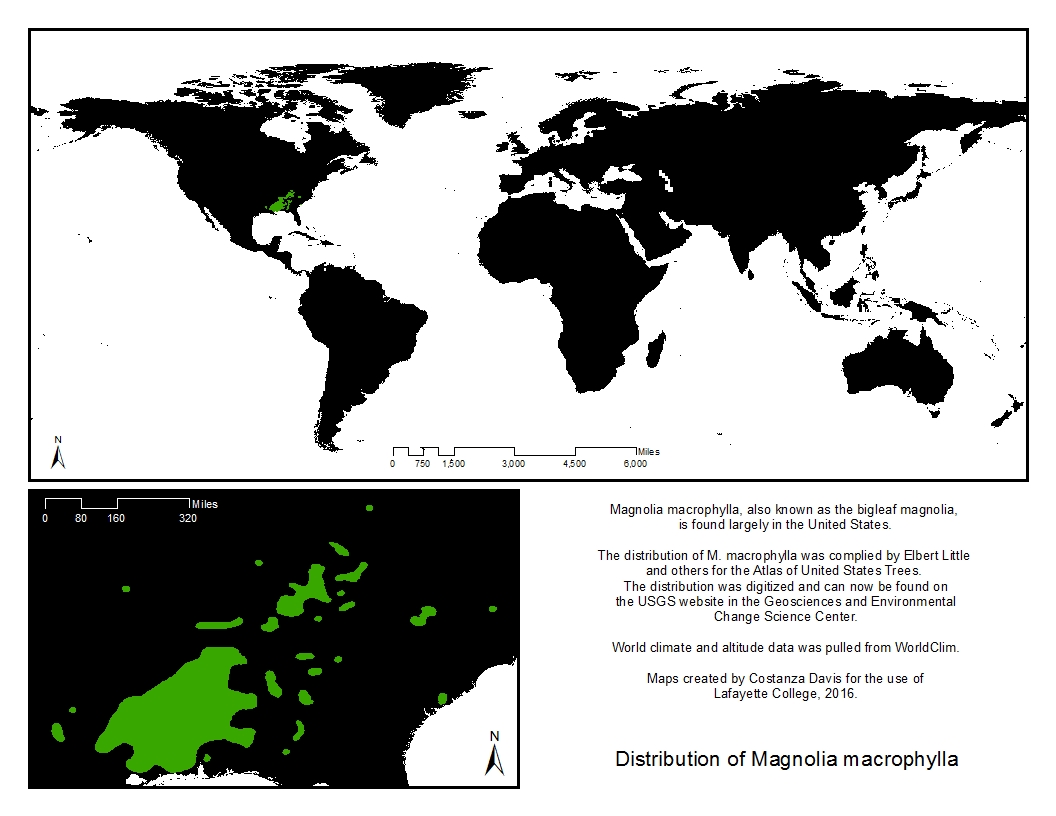 The scientific name of the bigleaf magnolia is the Magnolia macrophylla.
The scientific name of the bigleaf magnolia is the Magnolia macrophylla.
The bigleaf magnolia on campus is located on the pathway between Colton Chapel and Pardee. It is recognizable by its very large leaves. In the wild these leaves can range from 12 to 32 inches long and 7 to 12 inches wide. The leaves tend to be larger when the tree is found in the wild, but even as a landscape tree the leaves are still impressively sized.
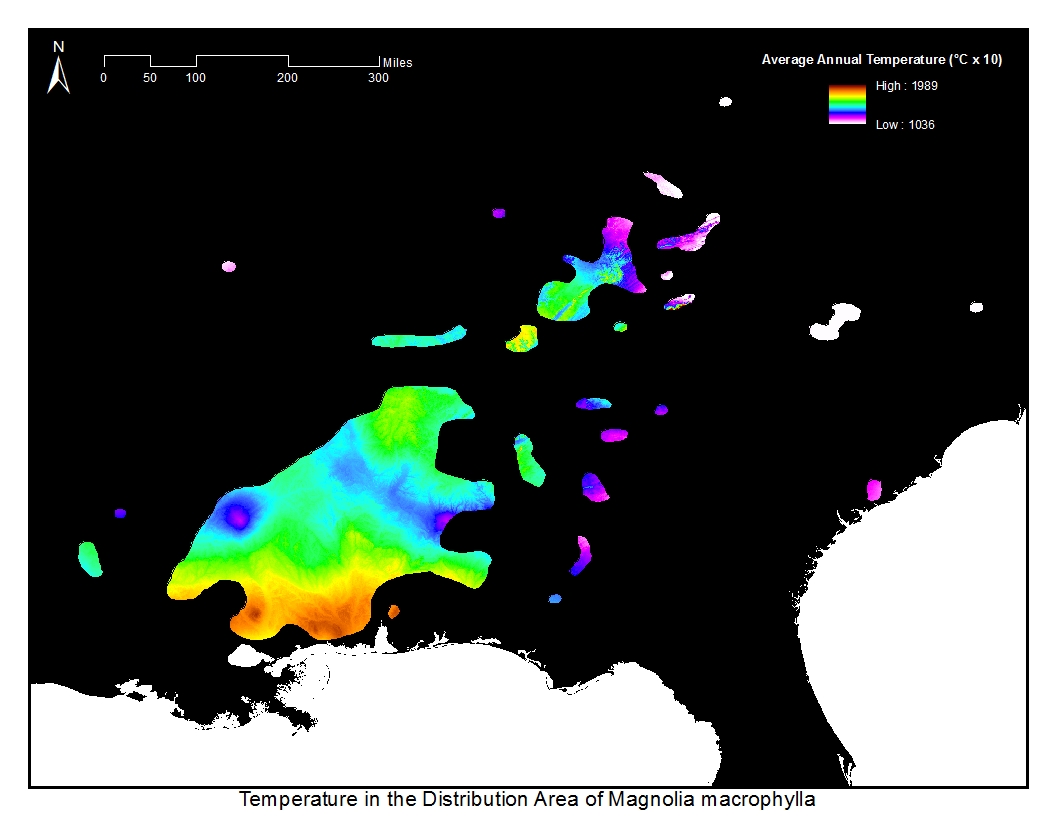
Starting around 12 to 15 years, this magnolia develops flowers from May to July, later than most magnolias on campus. The flowers are white with some rose at the base, and can be 8 to 12 inches in diameter. Like many magnolias, the scent of the flower is pleasant.
The overall tree can reach heights of 30 to 40 feet with a 20 to 30 feet spread.
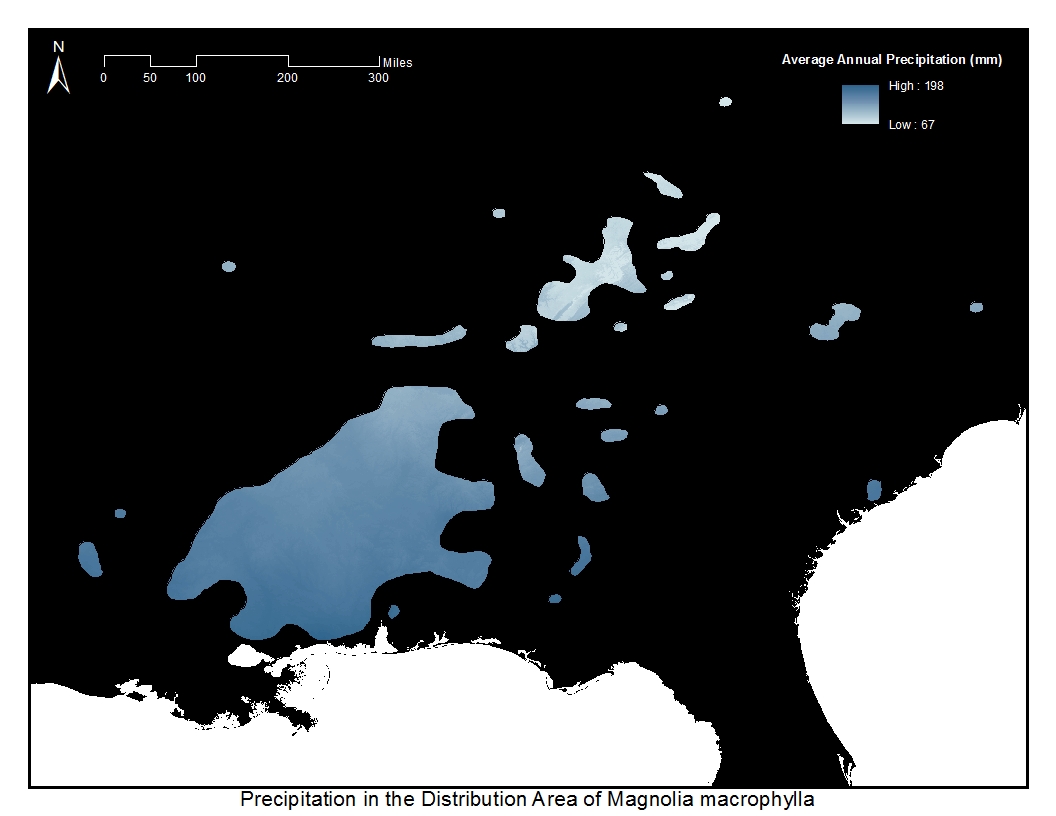
The bigleaf magnolia can do survive in zones 5 through 8, although is natively found in a much more limited range in the southern portion of the United States. It tends to do well with some shade or full sun. Soil should be well-drained, and the bigleaf magnolia cannot survive with wet soil or droughts.
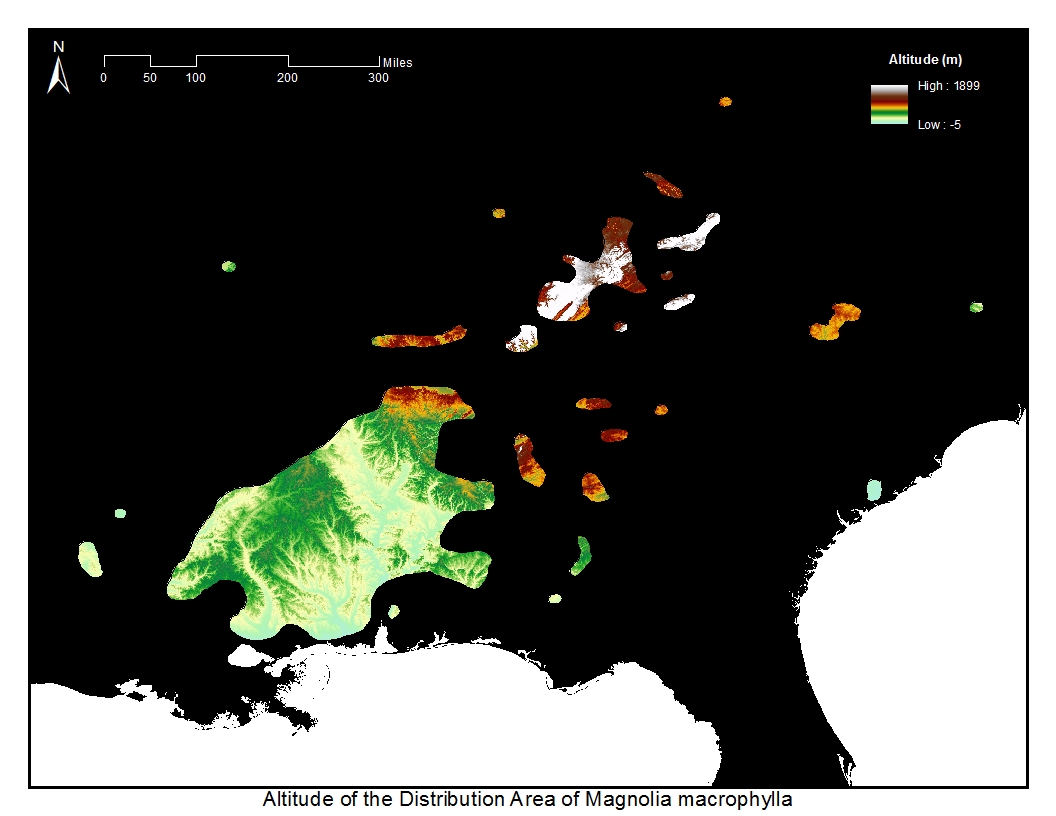
Due to its pickiness, in captivity, the bigleaf magnolia can have a short lifespan. In fact, one of the trunks of the bigleaf magnolia on campus had to be removed recently due to rotting.

